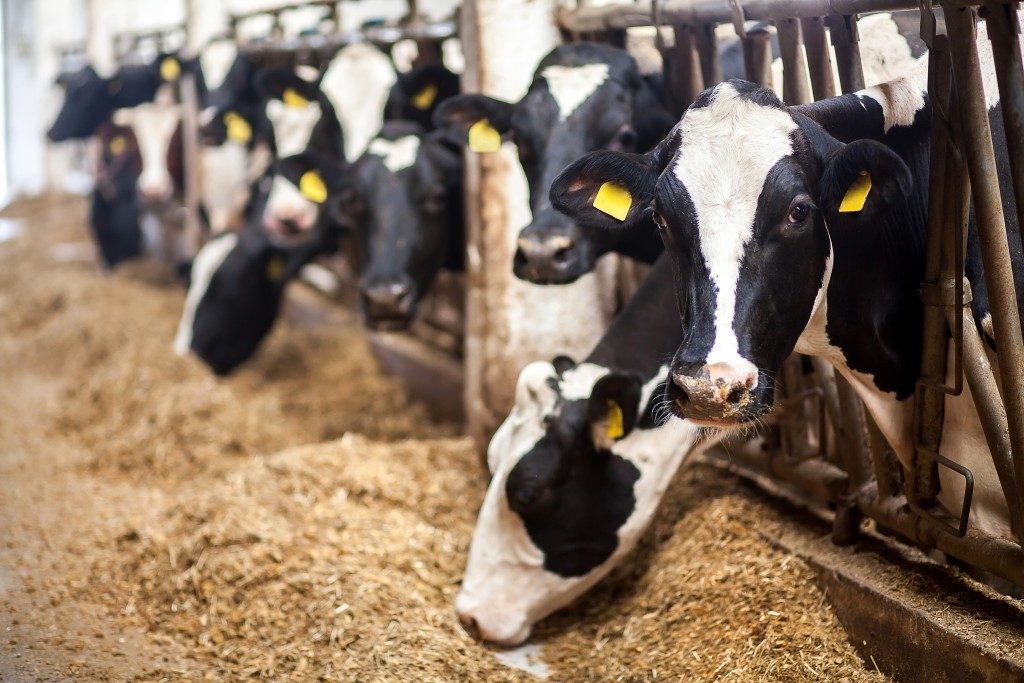Disclaimer: What Liberty Ate. This site provides food and drink content for informational purposes only.
The economic climate of the global beef market has become increasingly challenging. Though Australia is one of the most efficient and competitive producers of calves around the world, beef producers in the US and Brazil are starting to catch up.
Given the tough competition in beef production, cow-calf producers are implementing ways to decrease costs and improve productivity. One of the most fundamental ways of accomplishing these goals is crossbreeding.
Why Crossbreed?
The advantages of crossbreeding have been proven in domestic and international hybrid research. In the land Down Under, an ongoing study conducted by Herefords Australia together with MLA, the University of Adelaide and Tasmania Musselroe Beef’s has revealed that crossbreeding an Angus female and a Hereford bull results in a nine per cent boost in weaning weights.
A crossbred calf offers two important benefits over cattle from a single breed, one of which is breed complementarity. When a crossbred is born, it contains strengths from one parent that complement the other breed’s weaknesses. The muscling strength of one parent breed, for example, sets off the weak muscling of the other parent breed.
Another benefit of crossbreeding is heterosis. By crossbreeding, you can combine traits from multiple cattle breeds so that the offspring have better environmental adaptations, milking power or fertility than straightbred cattle.
A great example of a low-maintenance, profitable crossbred is the Beefmaster, developed from 25 per cent Hereford, 25 per cent Shorthorn, and 50 per cent Brahman. Combining these three breeds produced a sire that’s able to tolerate heat and drought.
Establishing a Crossbreeding Program

The success of a crossbreeding program depends on the current production environment, which includes the number of cows in the herd, the available breeding pastures and the availability of certain breeds in the market. Other considerations include the feed resources, livestock equipment and climatic conditions of the area.
There are several crossbreeding systems available to a beef producer. The most popular system is the breed rotation, which is initiated by mating two up to five breeds. Three- to five-breed rotation systems require a bigger herd size, and the breeds chosen must be comparable in birth weight, mature size, frame size and milk level.
Another crossbreeding program is the rotational system, in which sire breeds are produced and rotated every three to four years. It requires half of the cows being mated to the terminal side breed. This program is ideal for producers who have small, single-sire herds.
Beef producers with small cow herds or few resources can purchase crossbred females or select and raise replacements from the herd. In some instances, artificial insemination is considered. An advantage of these systems is that they reduce the number of breeding pastures required by complicated crossbreeding programs. Also, the programs don’t require you to maintain several breeds.
The science behind crossbreeding allows cattle to be bred so that certain features can be carried over to the next generations. This method helps sires of your herd adopt characteristics that will make their meat of higher quality, which can help you get ahead in the competitive beef business. Just remember to choose a manageable crossbreeding program that helps you take advantage of breed complementarity and heterosis based on your available resources.

